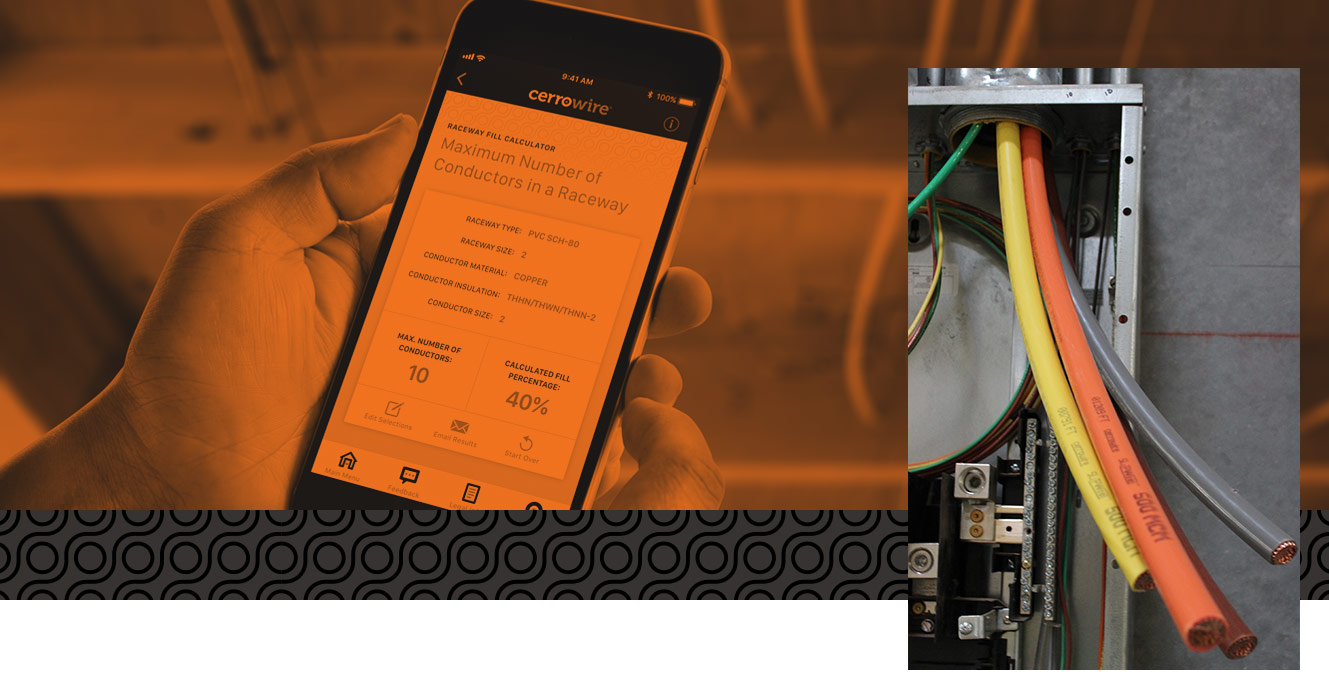Running a 24v battery bank with 2/0 wire.
What size fuse on the battery terminal going to the bus bar?
What size fuse between the bus bar and charge controller? 2/0 wire
What size fuse/wire between the bus bar and down converter?
this is a little strange because i believe the down converter is only 30 amp
Anything else i am missing, or that is wrong?
Thanks so much for the help.
dave
Solar.png

Comment